Home>Furniture>Outdoor Furniture>How To Clean Plastic Patio Furniture
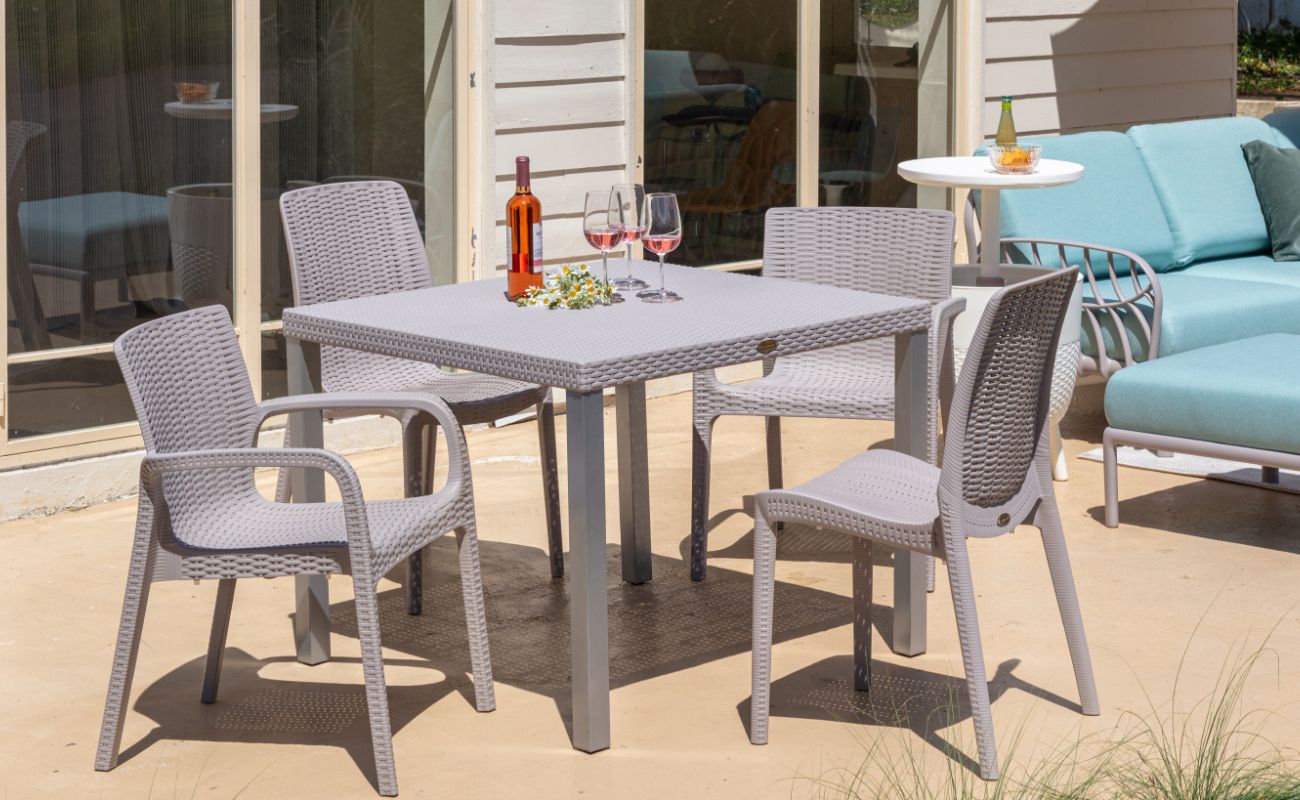

Outdoor Furniture
How To Clean Plastic Patio Furniture
Modified: March 7, 2024
Learn the best methods and products for cleaning your plastic outdoor furniture and keep it looking like new. Transform your patio with these easy cleaning tips.
(Many of the links in this article redirect to a specific reviewed product. Your purchase of these products through affiliate links helps to generate commission for Storables.com, at no extra cost. Learn more)
Introduction
Welcome to our comprehensive guide on how to clean plastic patio furniture. Outdoor furniture made of plastic is a popular choice for many homeowners due to its durability, affordability, and low maintenance requirements. However, over time, exposure to the elements can cause your plastic patio furniture to accumulate dirt, grime, and stains. Regular cleaning and maintenance are essential to ensure that your furniture stays in top condition and lasts for years.
In this article, we will provide you with step-by-step instructions on how to effectively clean your plastic patio furniture and restore its appearance. Whether you have chairs, tables, or loungers, these techniques will help you remove dirt, mold, mildew, and tough stains, allowing you to enjoy your outdoor space with clean and fresh furniture.
Before we dive into the cleaning process, it’s important to assess the condition of your plastic patio furniture. Inspect the surfaces for any cracks, splits, or damage that may require repair before cleaning. Additionally, consider the type of plastic used in your furniture, as different plastics may have specific cleaning requirements. Once you have evaluated the condition and type of plastic, you can proceed with the appropriate cleaning method.
To begin, gather the necessary supplies. You will need a soft-bristle brush, mild detergent or plastic cleaner, a bucket of warm water, a sponge or cloth, and a garden hose. It is important to use gentle cleaning solutions to avoid damaging the plastic. Avoid harsh chemicals or abrasive cleaners that can scratch the surface or cause discoloration. Now that you are ready, let’s move on to the cleaning process.
Key Takeaways:
- Regularly clean and maintain plastic patio furniture using gentle solutions and methods to remove dirt, grime, and tough stains, ensuring a fresh and inviting outdoor space for relaxation and entertainment.
- Protect and extend the lifespan of plastic patio furniture by implementing regular cleaning routines, using protective covers, proper storage, and avoiding scratches and direct sun exposure, maintaining its appearance and functionality for years to come.
Assessing the Condition of Your Plastic Patio Furniture
Before you start cleaning your plastic patio furniture, it is important to assess its condition. This will help you identify any potential issues that may need to be addressed before cleaning, and determine the best approach to take.
Start by visually inspecting the furniture for any visible damage, such as cracks, splits, or broken pieces. If you notice any significant damage, it is recommended to repair or replace the affected parts before proceeding with the cleaning process. Repairing the furniture will ensure its structural integrity and longevity.
Next, check the stability of the furniture, ensuring that it is still capable of supporting weight and providing a safe seating or lounging experience. Sometimes, plastic patio furniture can become weak or wobbly over time due to exposure to harsh weather conditions. If you notice any instability, reinforce the furniture using appropriate methods or consider replacing it.
In addition to structural condition, it is also important to evaluate the overall cleanliness of the furniture. Observe any visible dirt, dust, or grime that may have accumulated on the surfaces. This will give you an idea of how intensive your cleaning process needs to be.
Inspect the corners, crevices, and hard-to-reach areas of the furniture. These areas are often prone to the buildup of dirt, mold, or mildew. If you notice any signs of these issues, such as discoloration or a musty smell, you will need to pay extra attention to cleaning and disinfecting those areas.
Additionally, take note of any stains or marks on the furniture. Whether it’s from food and drink spills, tree sap, bird droppings, or other natural elements, identifying these stains will help you determine the cleaning method required to remove them effectively.
By thoroughly assessing the condition of your plastic patio furniture, you can address any necessary repairs or maintenance tasks before proceeding with the cleaning process. This will ensure that you have a solid foundation for restoring your furniture to its original beauty and extending its lifespan.
Preparing the Cleaning Solution
Once you have assessed the condition of your plastic patio furniture, it’s time to prepare the cleaning solution. The cleaning solution you choose will depend on the level of dirt and grime on the furniture, as well as any specific stains or marks that need to be removed.
A mild detergent or plastic cleaner is generally suitable for most plastic patio furniture cleaning tasks. These cleaners are gentle enough to not damage the plastic while still effectively removing dirt and grime. Avoid using harsh chemicals or abrasive cleaners, as they can cause discoloration or scratches on the surface.
To prepare the cleaning solution, start by filling a bucket with warm water. The water should be comfortably hot, but not boiling. Add a small amount of detergent or plastic cleaner to the water and mix it well until it creates a soapy solution.
If you are dealing with stubborn stains or mold and mildew, you may need to use a stronger cleaning solution. In this case, you can mix equal parts of white vinegar and water instead of using detergent. Vinegar is a natural disinfectant and stain remover that can effectively tackle tough stains and kill mold and mildew.
Once you have your cleaning solution ready, you can move on to the next step of the cleaning process.
Before applying the cleaning solution to the furniture, it’s a good idea to test it on a small, inconspicuous area first. This will allow you to ensure that the solution does not cause any discoloration or damage to the plastic. If the test area looks fine, you can proceed with confidence.
Remember to always check the manufacturer’s instructions or guidelines for any specific recommendations on cleaning and maintenance. Some plastic patio furniture may have unique requirements or restrictions regarding cleaning solutions, so it’s important to follow their recommendations to avoid any potential damage.
Now that you have your cleaning solution prepared, it’s time to move on to the actual cleaning process. In the next section, we will guide you through cleaning the surfaces of your plastic patio furniture to remove dirt and grime effectively.
Cleaning the Surfaces of the Furniture
Now that you have your cleaning solution prepared, it’s time to start cleaning the surfaces of your plastic patio furniture. Follow these steps to effectively remove dirt and grime:
- Start by wetting the furniture with water from a garden hose. This will help loosen any loose debris and make the cleaning process more efficient.
- Dip a soft-bristle brush or sponge into the cleaning solution and gently scrub the surfaces of the furniture. Focus on one area at a time and use circular motions to dislodge dirt and grime.
- Pay extra attention to corners, crevices, and hard-to-reach areas. These spots often accumulate more dirt and require a bit more scrubbing to get them clean.
- If you come across any stubborn stains or marks, apply a bit of extra cleaning solution directly to the affected area. Let it sit for a few minutes to penetrate the stain, then scrub with the brush or sponge.
- Continue this process until you have scrubbed all areas of the furniture.
- Once you are satisfied with the cleanliness of the furniture, rinse off the cleaning solution with water from the garden hose. Make sure to remove all traces of the solution to avoid any residue buildup.
- Inspect the furniture to ensure that all dirt and grime have been effectively removed. If you notice any areas that still have residue or stains, repeat the cleaning process as necessary.
- Once the furniture is clean, use a clean cloth or sponge to wipe down the surfaces and remove any excess water.
Keep in mind that it’s important to be gentle while scrubbing to avoid scratching the surface of the plastic. If you encounter any stubborn stains that do not come off with the cleaning solution, don’t worry. We will address those in the next section on how to remove tough stains from plastic patio furniture.
Now that you have successfully cleaned the surfaces of your plastic patio furniture, it’s time to move on to the next step of the cleaning process – removing tough stains.
To clean plastic patio furniture, mix a solution of mild soap and water. Use a soft brush or cloth to scrub the furniture, then rinse with water and allow to air dry. Avoid using harsh chemicals or abrasive scrubbers to prevent damage to the plastic.
Removing Tough Stains
While regular cleaning can eliminate most dirt and grime from your plastic patio furniture, some stains may require additional attention. Here are some effective methods for removing tough stains from your furniture:
- Dish Soap and Water: For general stains, mix a small amount of dish soap with warm water. Apply the solution to the stain and use a soft-bristle brush or sponge to scrub gently. Rinse with water to remove any residue.
- Baking Soda Paste: For stubborn stains, make a paste using baking soda and water. Apply the paste to the stain and let it sit for 15-20 minutes. Then, scrub the area with a soft-bristle brush or sponge. Rinse thoroughly with water.
- Vinegar: Vinegar is effective for removing stains caused by mold, mildew, or mineral deposits. Apply vinegar directly to the stain and let it sit for a few minutes. Scrub the area gently with a soft-bristle brush or sponge. Rinse well with water.
- Lemon Juice: Lemon juice can be used to remove rust stains from plastic furniture. Squeeze fresh lemon juice onto the stain and let it sit for 10-15 minutes. Scrub the area gently and rinse thoroughly with water.
- Commercial Plastic Stain Removers: If none of the DIY methods work, you can try using a commercial plastic stain remover. Follow the instructions on the product carefully, as each brand may have specific guidelines for application and use.
It’s important to note that when using any cleaning solution or stain remover, test it on a small, inconspicuous area first to ensure it does not damage or discolor the plastic. Always follow the manufacturer’s instructions and guidelines for the best results.
For particularly stubborn stains or heavily soiled areas, you may need to repeat the cleaning process or try a combination of methods. Patience and persistence are key to successfully removing tough stains from your plastic patio furniture.
Once you have removed the tough stains, proceed to the next step of the cleaning process – rinsing and drying the furniture.
Read more: How To Clean Plastic Outdoor Furniture
Rinse and Dry the Furniture
After thoroughly cleaning the surfaces and removing tough stains from your plastic patio furniture, it is important to rinse off any remaining cleaning solution or residue. Follow these steps to ensure a thorough rinse:
- Using a garden hose, thoroughly spray the furniture with clean water. Make sure to cover all areas, including corners and hard-to-reach spots, to ensure that all cleaning solution and residue are rinsed away.
- While rinsing, pay close attention to any crevices or grooves where dirt or cleaning solution may have accumulated. Use your fingers or a small brush to dislodge and rinse away any remaining debris.
- Continue rinsing until the water runs clear and there are no signs of soap or cleaning solution on the furniture.
Once the furniture has been rinsed, it is important to dry it thoroughly before using or storing. Here’s how you can effectively dry your plastic patio furniture:
- Start by wiping down the surfaces with a clean, dry cloth to remove excess water.
- If possible, move the furniture to a sunny spot or a well-ventilated area to air dry. The sun and air will help speed up the drying process.
- Alternatively, you can use a towel or paper towels to gently pat dry the furniture. Make sure to reach all areas, including corners and hard-to-reach spots.
- Allow the furniture to air dry completely before using or covering it to prevent any moisture from being trapped, which could lead to mold or mildew growth.
It is important to note that some plastic patio furniture may have cushions or fabric elements that require separate drying methods. Check the manufacturer’s instructions for cleaning and drying guidelines specific to those components.
By thoroughly rinsing and drying your plastic patio furniture, you will ensure that it is clean, free from residue, and ready to be enjoyed. Regular drying after cleaning will help maintain the appearance and integrity of the furniture, increasing its lifespan.
Now that your furniture is clean and dry, let’s move on to the next section on how to maintain and protect your plastic patio furniture for long-term use.
Maintaining and Protecting Plastic Patio Furniture
To keep your plastic patio furniture in optimal condition and extend its lifespan, regular maintenance and proper protection are key. Here are some tips to help you maintain and protect your furniture:
- Regular Cleaning: Make it a habit to clean your plastic patio furniture regularly to prevent the buildup of dirt, grime, and stains. A simple cleaning with mild detergent and water or a vinegar solution will help keep the furniture looking fresh.
- Protective Covers: When your outdoor furniture is not in use, consider covering it with protective covers. These covers will shield the furniture from harsh weather conditions, dirt, and UV rays, helping to prevent fading and damage.
- Proper Storage: If you live in an area with extreme weather conditions or during the winter months, it is wise to store your plastic patio furniture indoors. Choose a dry and well-ventilated space to prevent moisture buildup. If storage space is limited, consider disassembling the furniture or using stackable options.
- Avoid Scratches: Although plastic furniture is generally durable, it can still get scratched. Avoid dragging or sliding the furniture on hard surfaces. Instead, lift and reposition it to prevent scratches and damage to the plastic.
- Reduce Direct Sun Exposure: Prolonged exposure to direct sunlight can cause fading and discoloration. Consider placing your furniture in shaded areas or using umbrellas or awnings to provide some shade.
- Use Protective Pads: To prevent scratches and scuffs, use protective pads on the bottom of chair legs or table feet. These pads will also help prevent damage to your patio or deck surface.
- Avoid Harsh Chemicals: When cleaning or maintaining your plastic patio furniture, avoid using harsh chemicals or abrasive cleaners. Stick to mild detergent, vinegar, or dedicated plastic cleaner to avoid damaging the surface.
- Inspect for Damage: Regularly inspect your furniture for any signs of damage, such as cracks, splintering, or loose joints. Address any minor repairs promptly to prevent further damage and maintain the structural integrity of the furniture.
- Prevent Stains: To prevent stains, clean up any spills, food, or liquids immediately. Wipe the affected area with a cloth or sponge and mild detergent or cleaner to prevent the stain from setting.
- Follow Manufacturer’s Guidelines: Always refer to the manufacturer’s instructions and guidelines for specific cleaning and maintenance recommendations for your particular plastic patio furniture. They may provide additional tips or precautions specific to your furniture’s material and design.
By following these maintenance and protection practices, you can ensure that your plastic patio furniture remains in excellent condition for many years to come. Regular care and proper storage will help retain its appearance, functionality, and durability.
Remember, well-maintained furniture not only enhances the aesthetic appeal of your outdoor space but also provides a comfortable and inviting area to relax and entertain.
Before we conclude, let’s summarize what we’ve covered in this article.
Conclusion
Cleaning and maintaining your plastic patio furniture is essential to keep it looking its best and ensure its longevity. By following the steps and tips outlined in this comprehensive guide, you can effectively clean dirt, grime, and tough stains from your furniture, leaving it fresh and renewed.
Start by assessing the condition of your furniture, repairing any damage, and identifying areas that require extra attention. Prepare a gentle cleaning solution using mild detergent or plastic cleaner, or opt for natural alternatives like vinegar. Scrub the surfaces of the furniture, paying close attention to corners and hard-to-reach areas. Rinse thoroughly to remove any cleaning solution residue.
If you encounter tough stains, utilize methods like dish soap, baking soda paste, vinegar, lemon juice, or commercial plastic stain removers to tackle them effectively. Rinse again to ensure all stains and cleaning residue are gone.
After rinsing, take the time to thoroughly dry your furniture to prevent mold or mildew growth. Wipe off excess water and allow the furniture to air dry completely in a sunny or well-ventilated area. Alternatively, pat dry with a towel or paper towels.
To maintain and protect your plastic patio furniture, implement regular cleaning routines, use protective covers when not in use, store indoors during harsh weather conditions, and take precautions to avoid scratches and direct sun exposure. Additionally, inspect for damage and address minor repairs promptly. By following these maintenance practices, you can extend the lifespan of your furniture and keep it looking great for years to come.
We hope that this guide has provided you with valuable insights and practical tips for cleaning and maintaining your plastic patio furniture. By incorporating these techniques into your outdoor furniture care routine, you can enjoy a clean and inviting outdoor space that reflects your personal style and enhances your outdoor living experience.
Now it’s time to get out there and restore the beauty of your plastic patio furniture. Happy cleaning!
Frequently Asked Questions about How To Clean Plastic Patio Furniture
Was this page helpful?
At Storables.com, we guarantee accurate and reliable information. Our content, validated by Expert Board Contributors, is crafted following stringent Editorial Policies. We're committed to providing you with well-researched, expert-backed insights for all your informational needs.
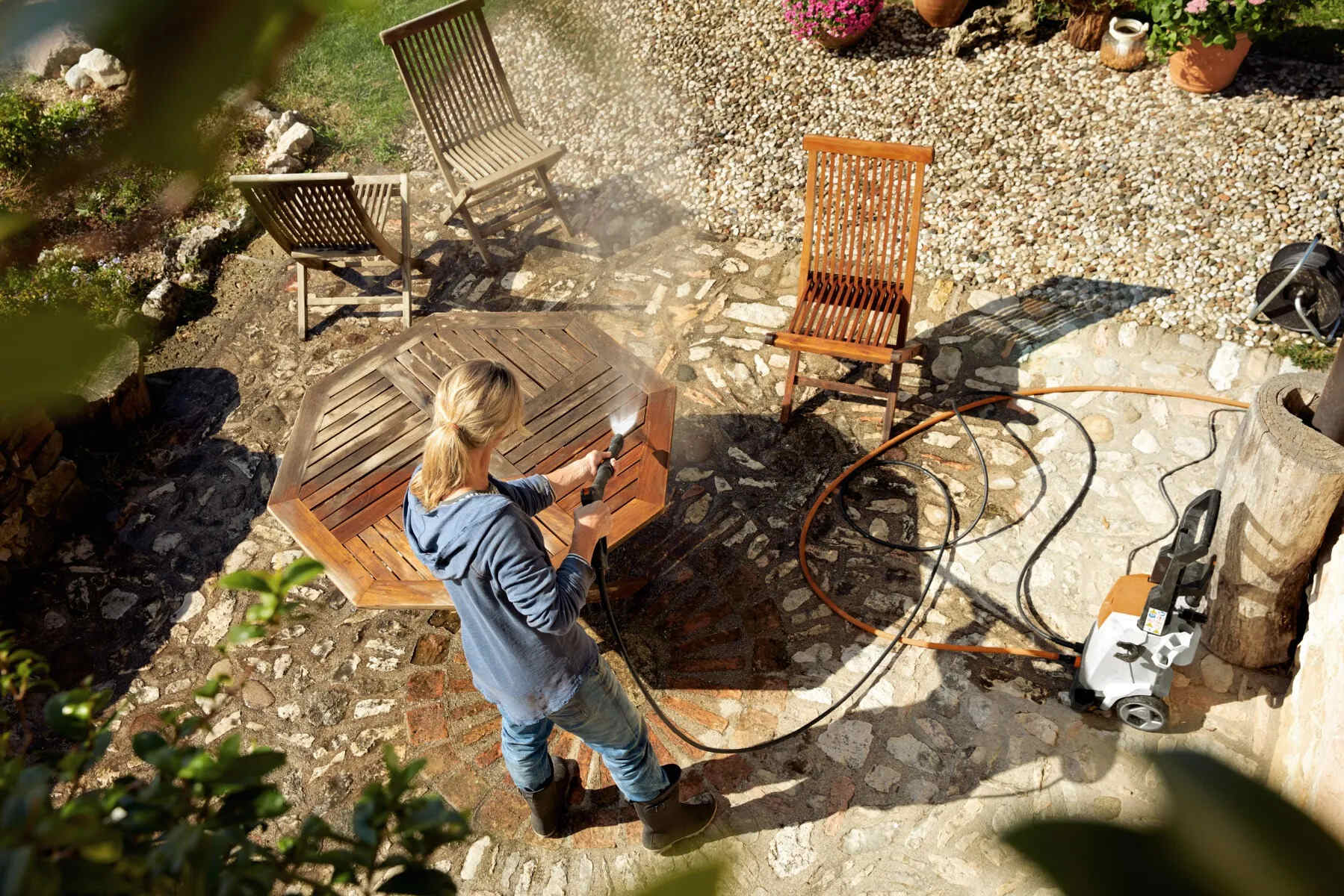
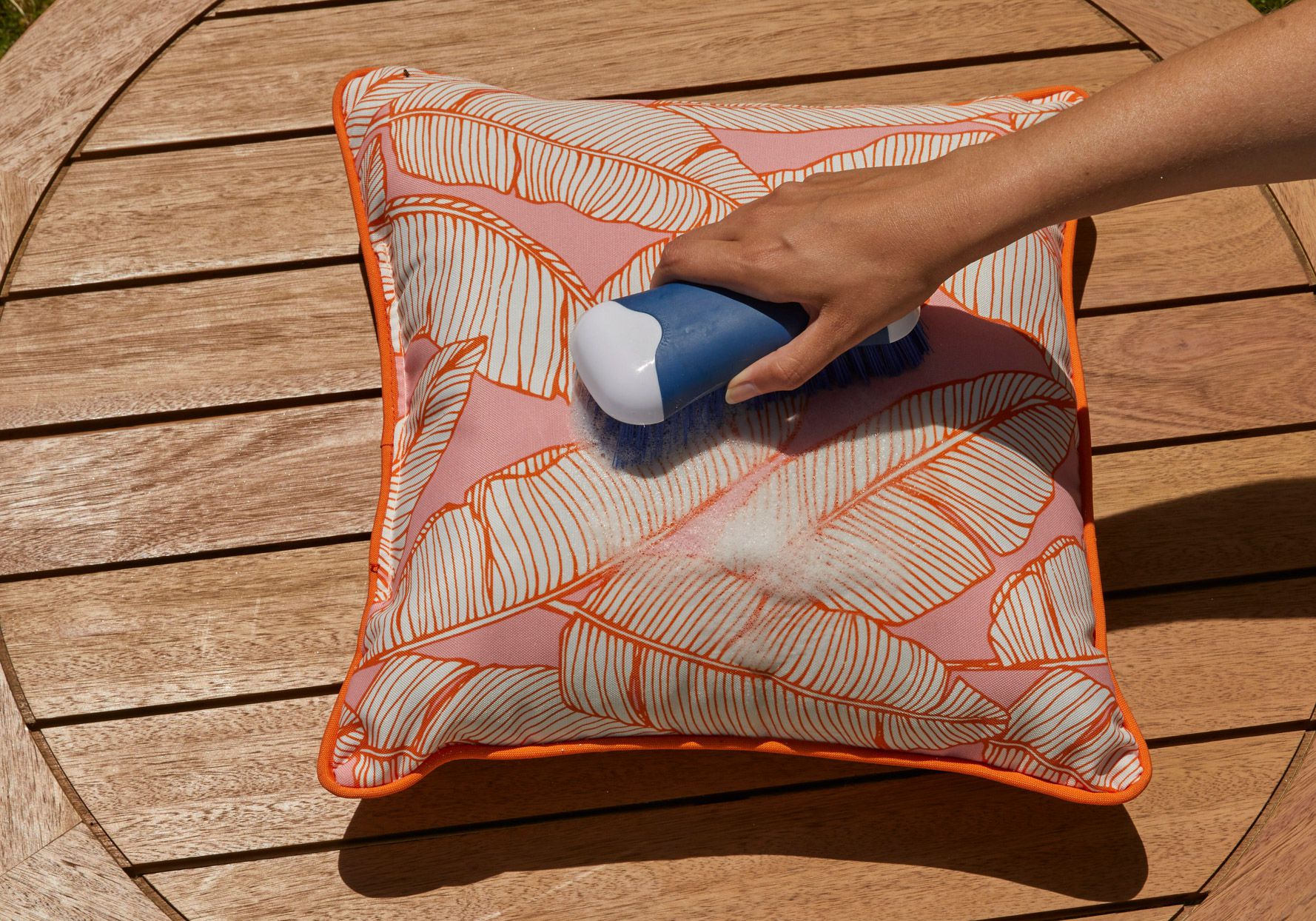
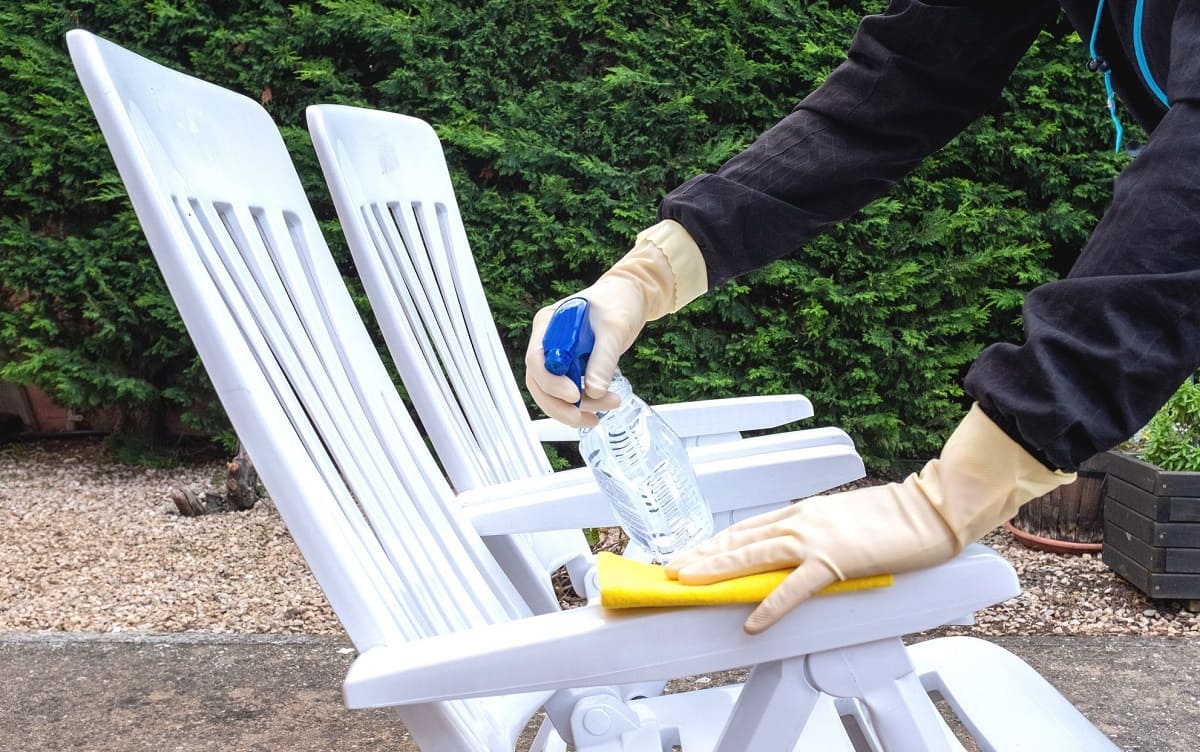
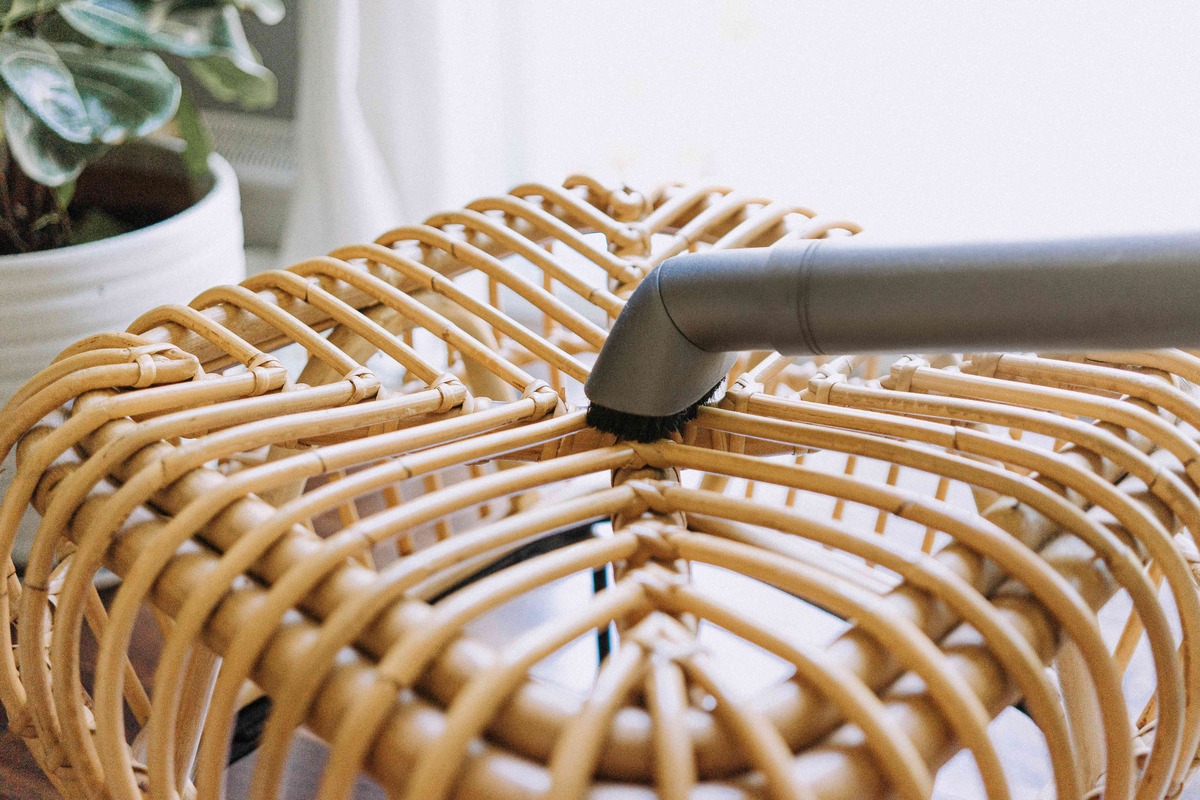
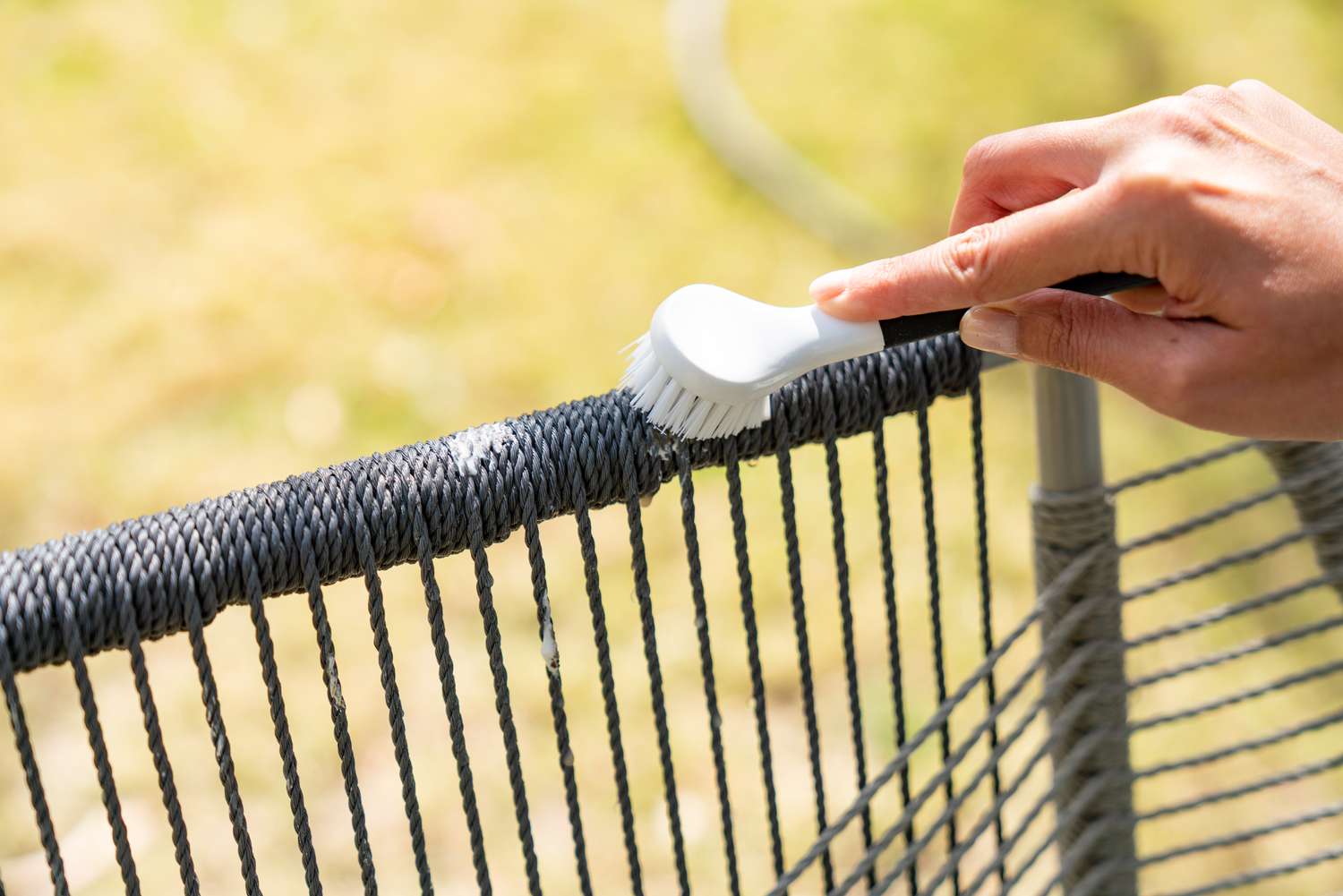
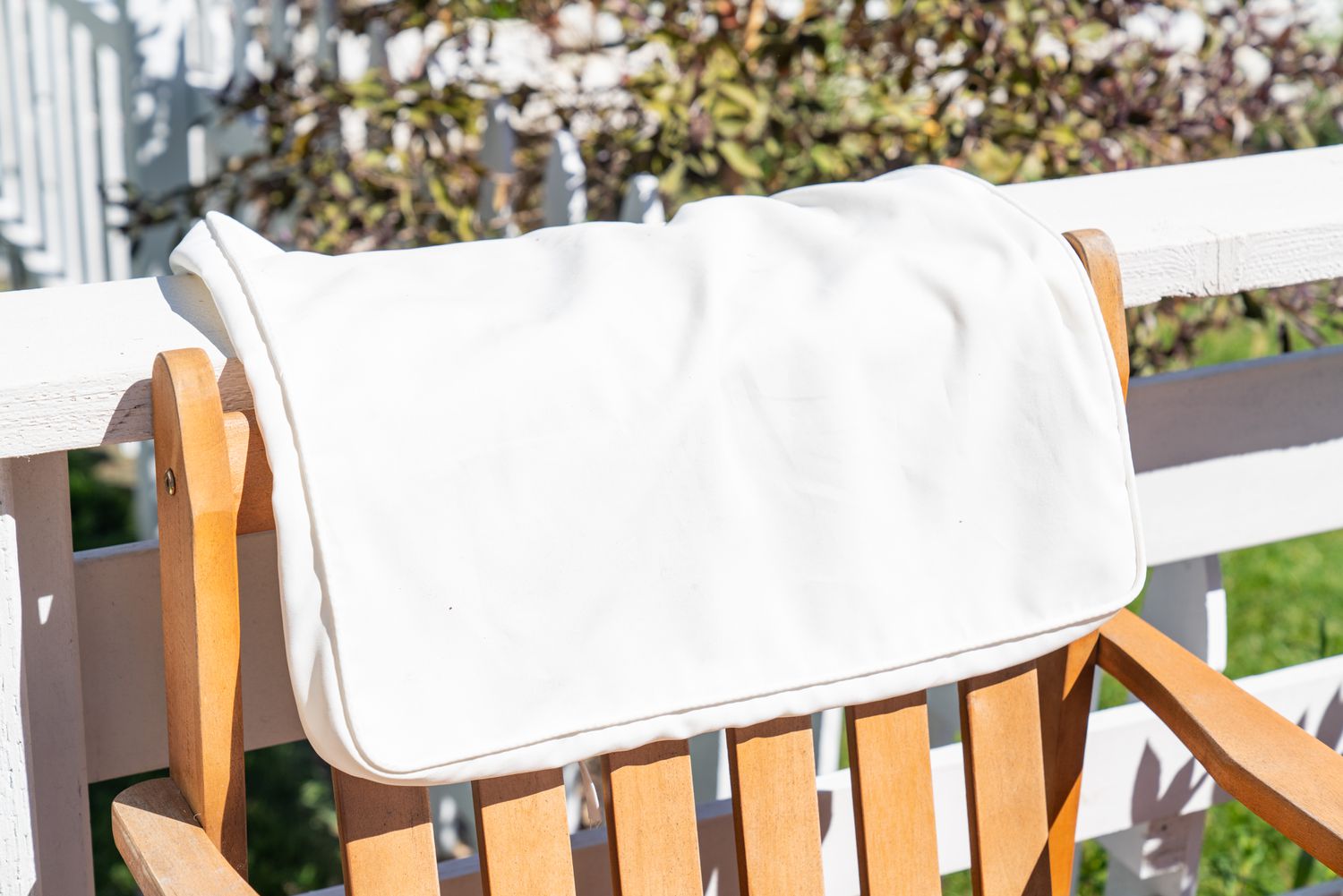
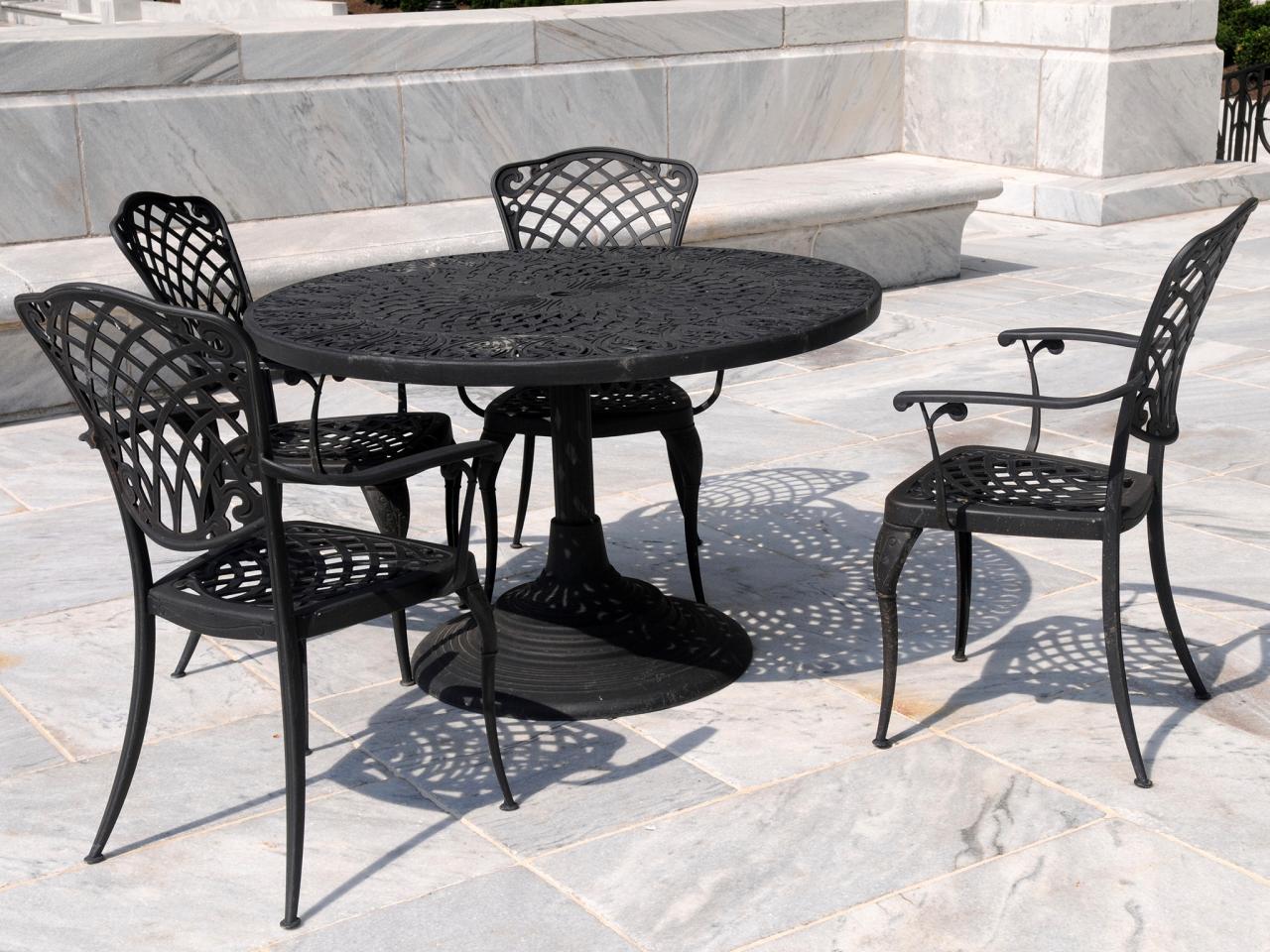
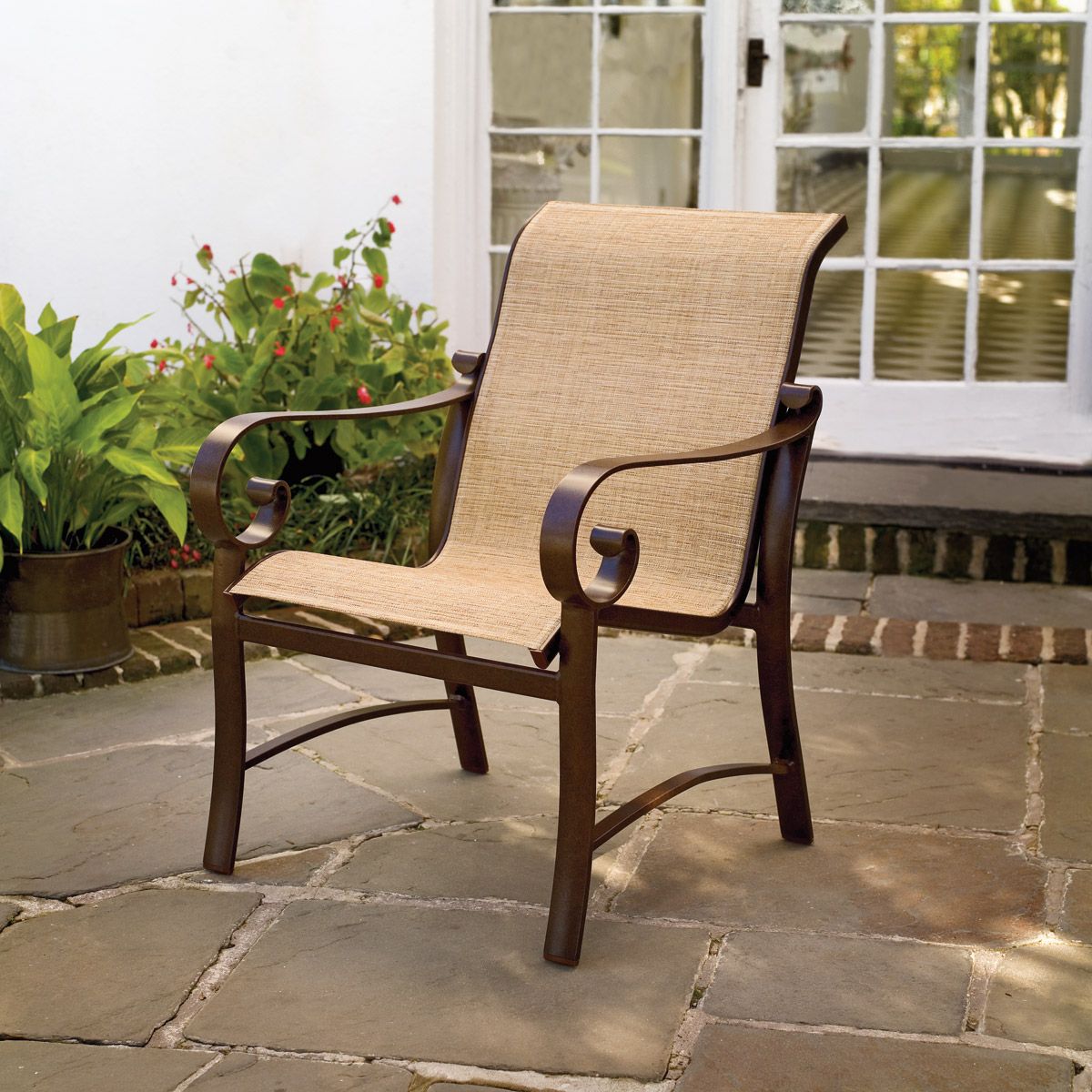
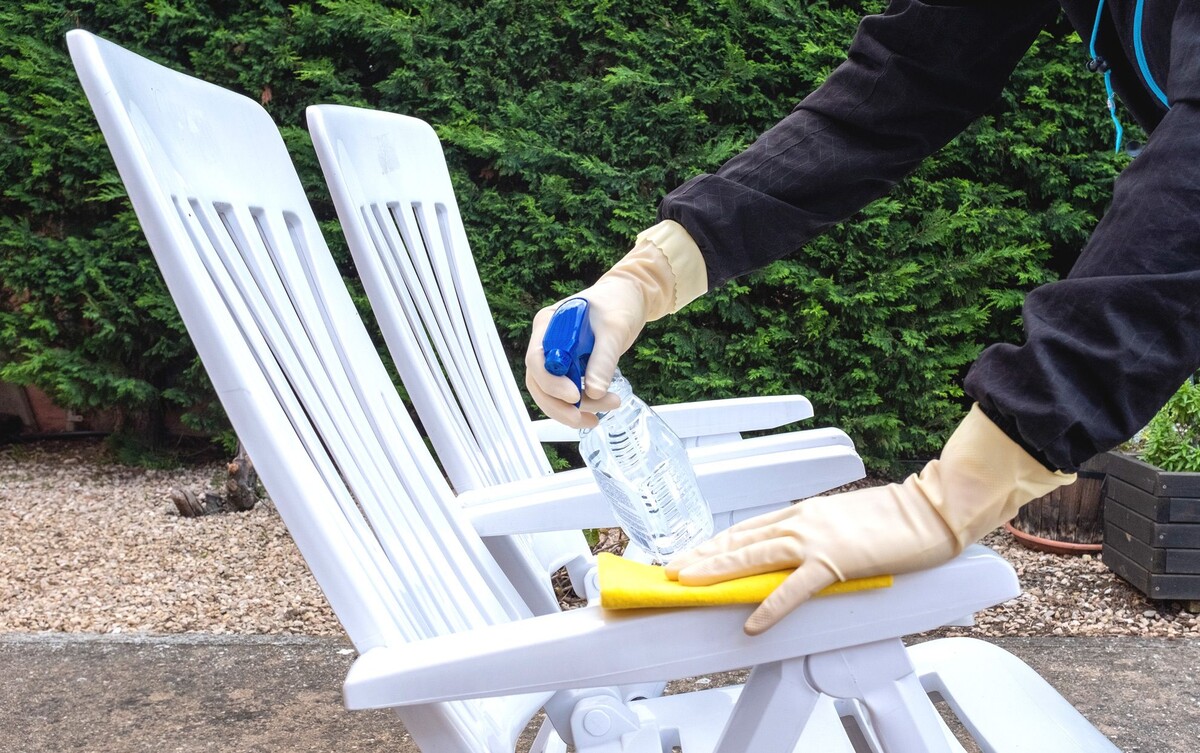
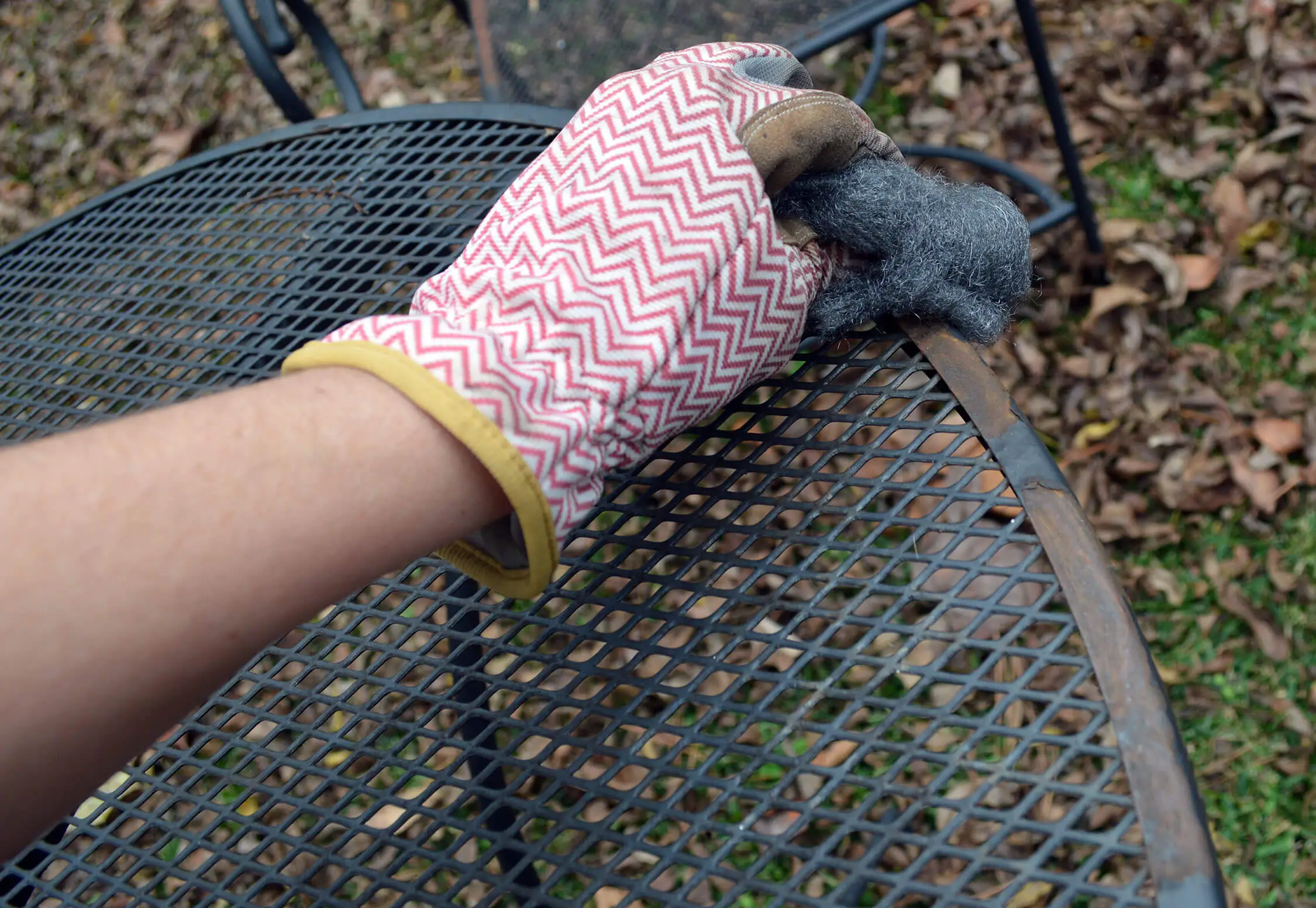
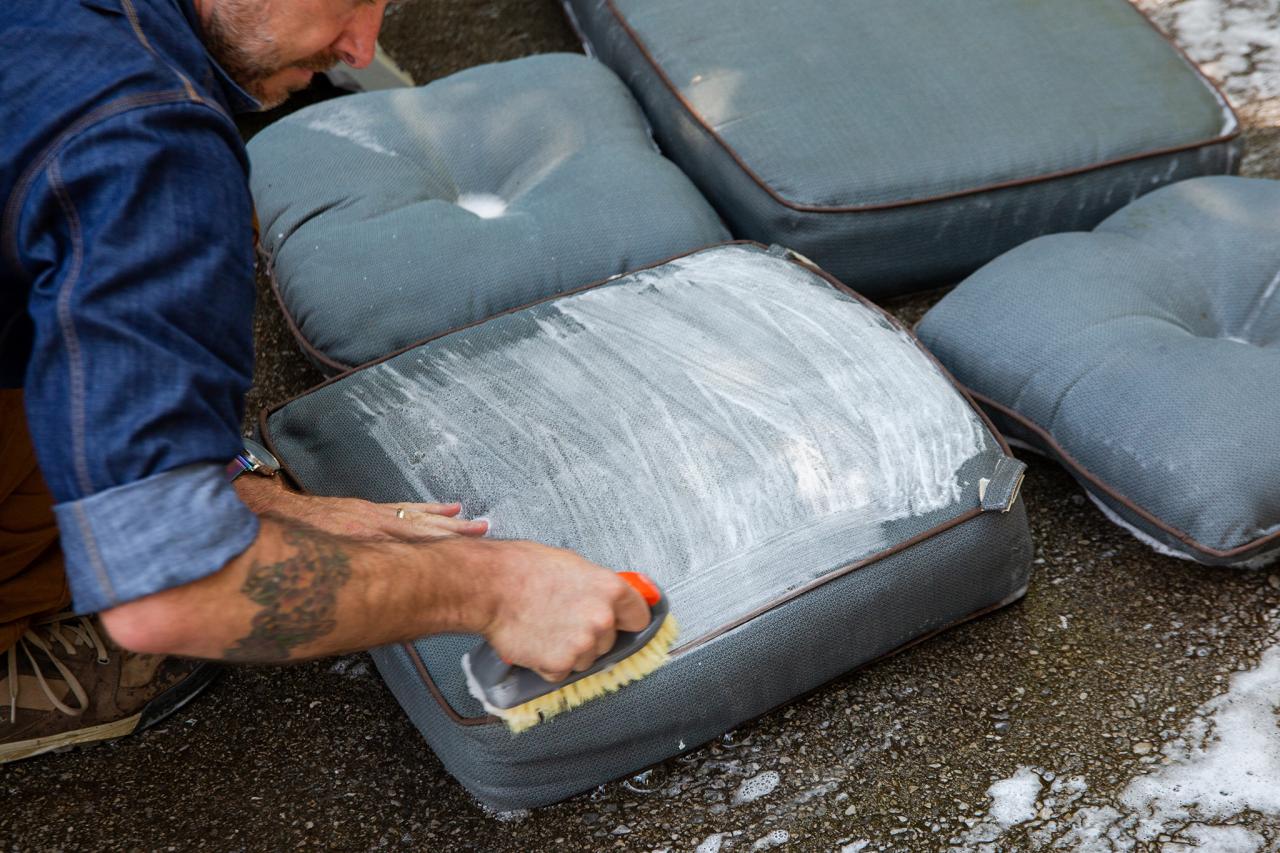
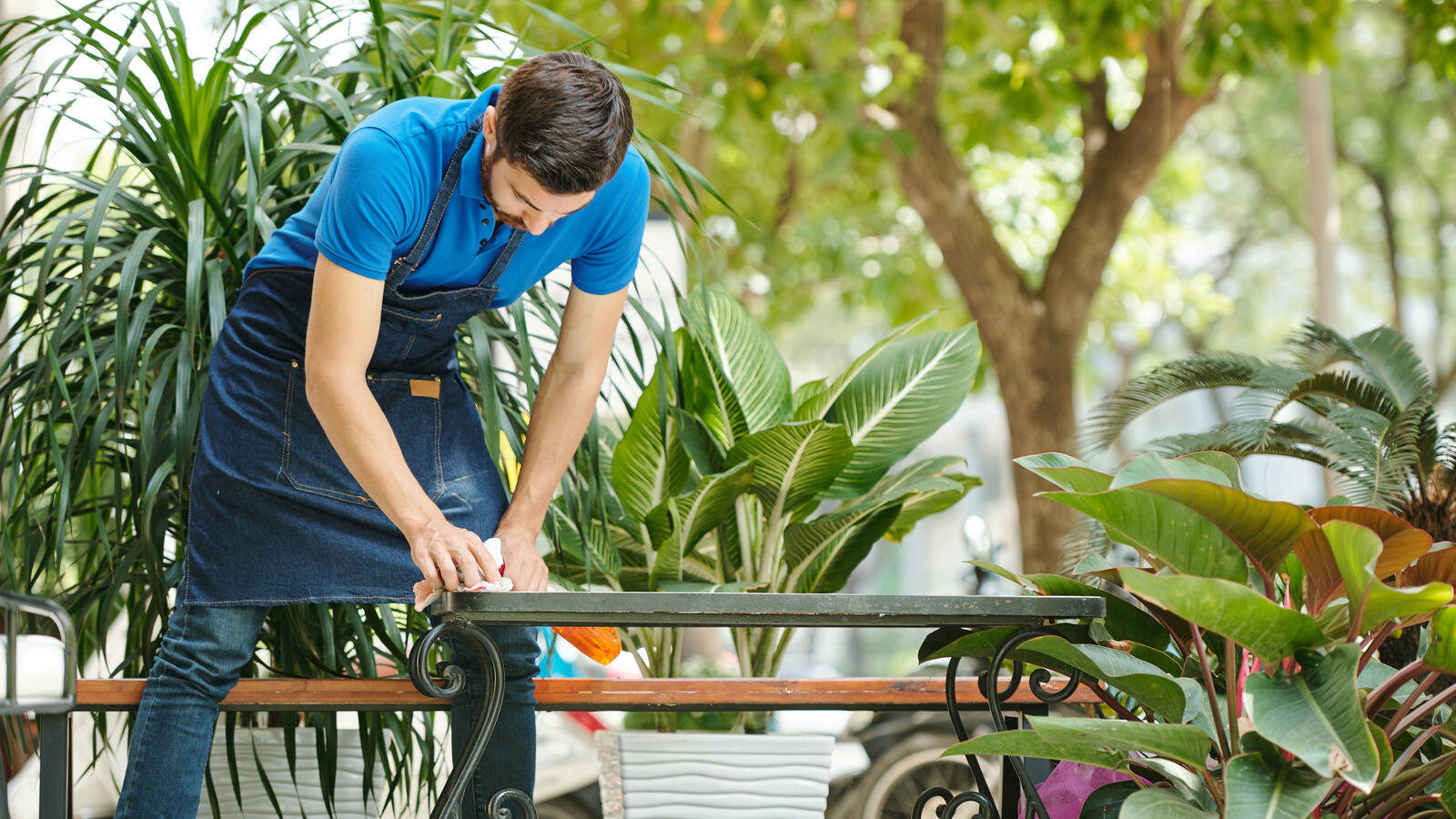
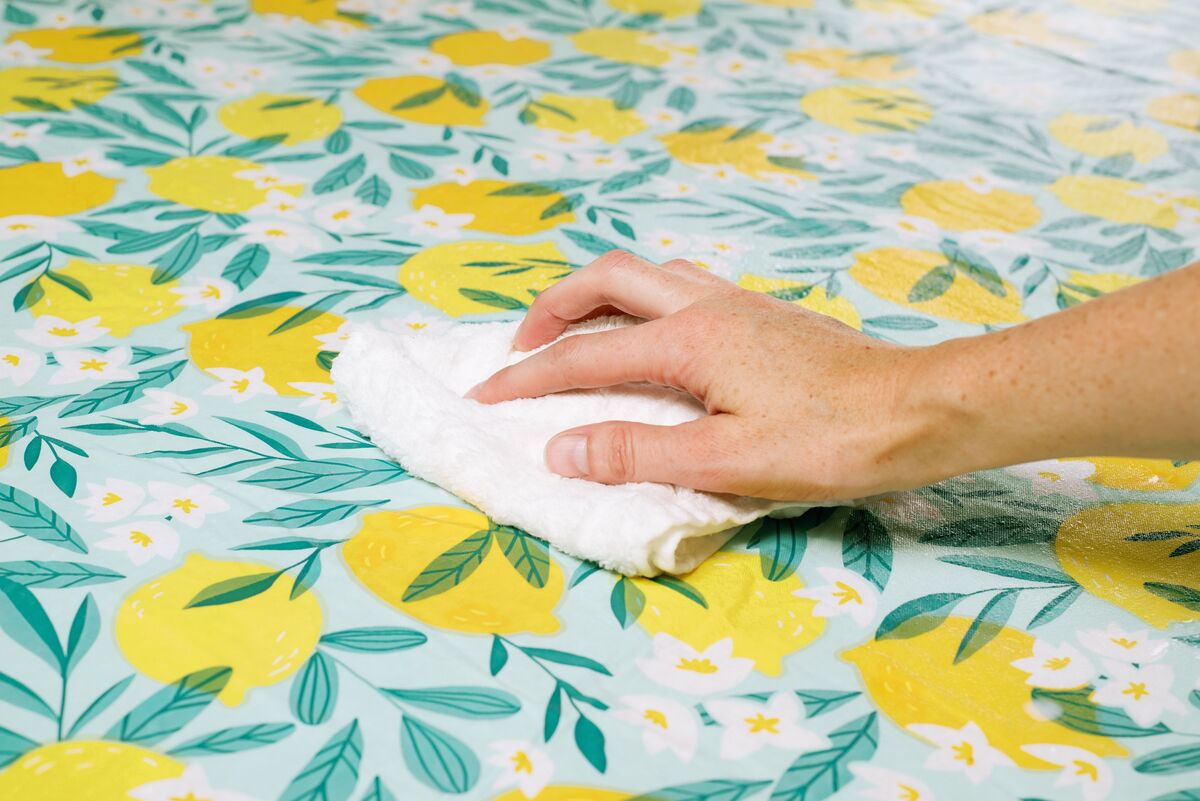
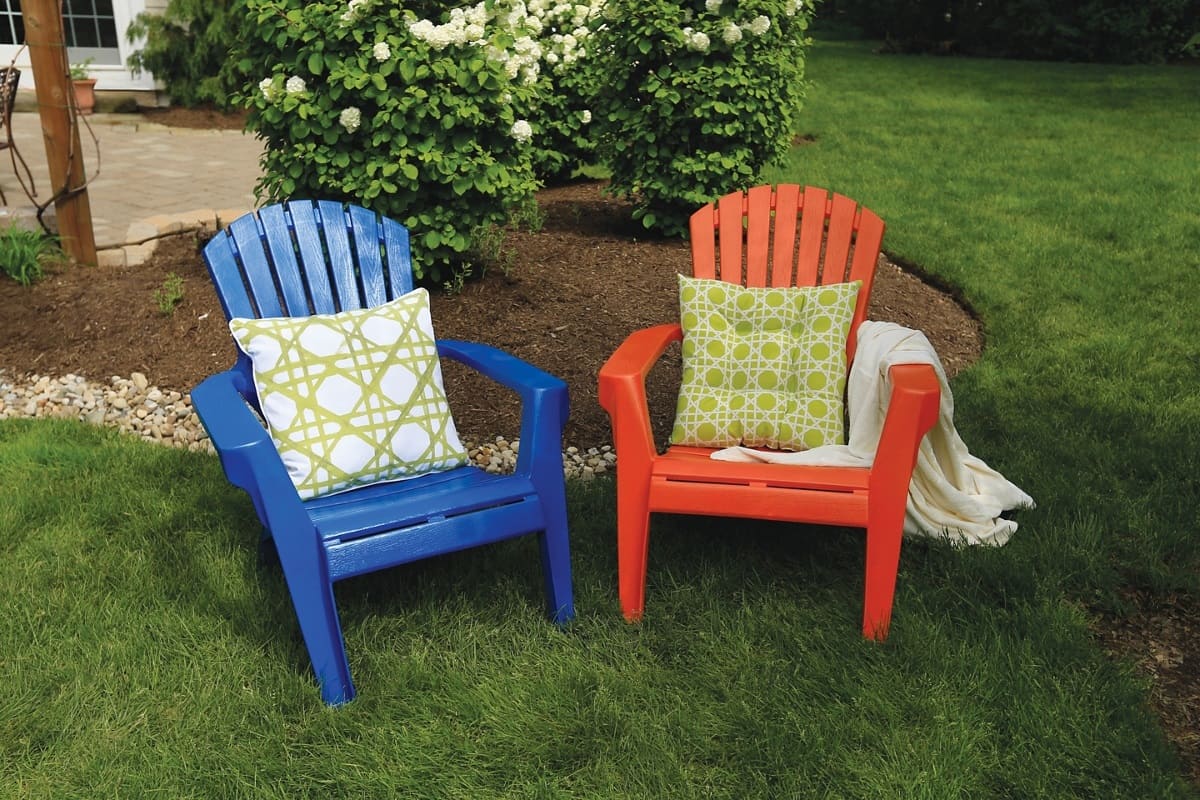

0 thoughts on “How To Clean Plastic Patio Furniture”